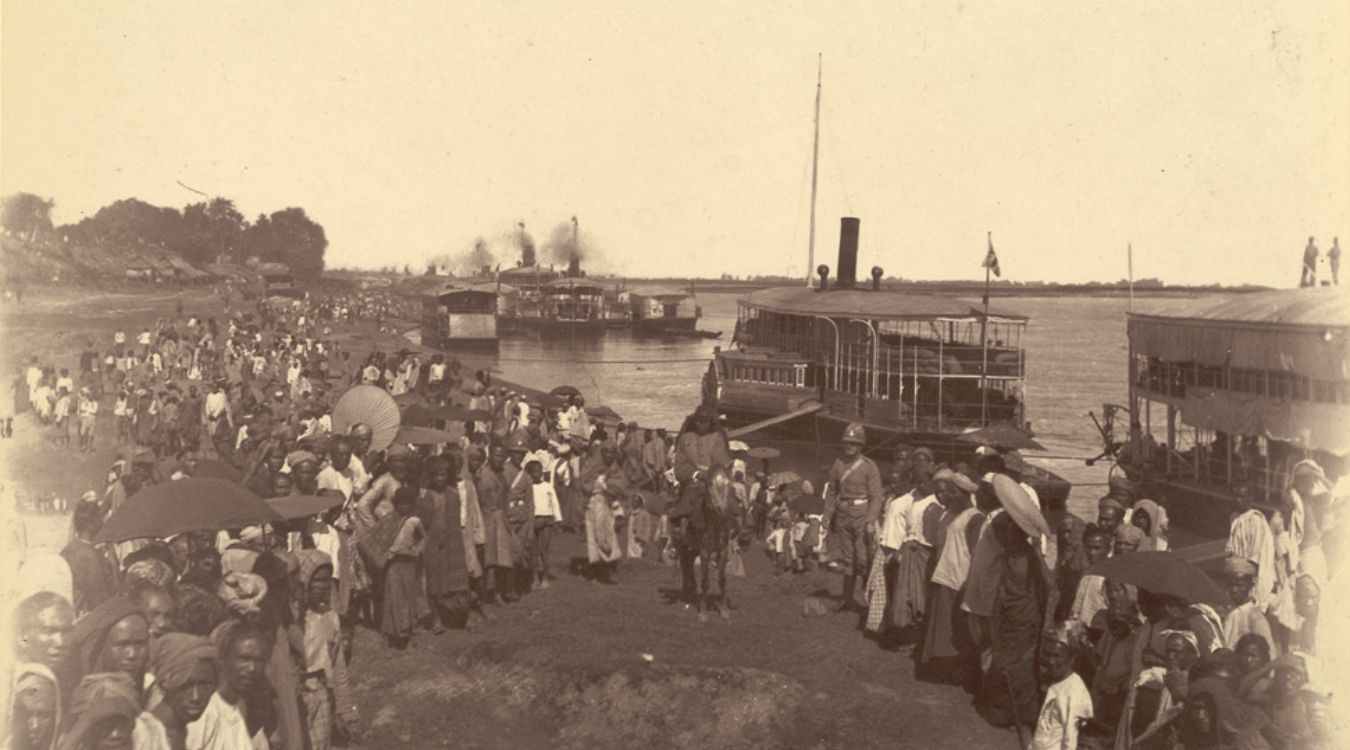
The Saya San Rebellion stands as a significant chapter in Burmese history. Led by Saya San, a former monk turned revolutionary, this uprising against British colonial rule erupted in 1930. Why did it happen? The rebellion was fueled by widespread discontent over British economic policies, land taxes, and cultural insensitivity. Did it succeed? While the rebellion was ultimately crushed by 1932, it left a lasting impact on Burma's struggle for independence. Who were the key players? Besides Saya San, numerous peasants and local leaders joined the cause, showcasing the widespread desire for freedom. What were the consequences? The rebellion highlighted the deep-rooted resistance to colonial rule and set the stage for future independence movements.
Key Takeaways:
- The Saya San Rebellion was a peasant uprising in Burma against British rule, highlighting economic struggles and inspiring future nationalist movements.
- Saya San's legacy as a national hero continues to influence Burmese culture, teaching valuable lessons about grassroots movements, leadership, and the fight for justice.
The Origins of the Saya San Rebellion
The Saya San Rebellion was a significant uprising in Burma (now Myanmar) during the British colonial period. It was led by Saya San, a former monk and farmer, who rallied the Burmese people against British rule.
- Saya San was born in 1876 in Tharrawaddy District, Burma. He became a monk before turning to farming and later leading a rebellion.
- The rebellion began in December 1930 and lasted until November 1931.
- British colonial policies and economic hardships were major factors that fueled the rebellion.
- Saya San claimed to be the reincarnation of an ancient Burmese king, which helped him gain followers.
- The rebellion was primarily a peasant uprising, with many farmers joining Saya San's cause.
Key Events During the Rebellion
Several notable events marked the course of the Saya San Rebellion, highlighting the intensity and spread of the uprising.
- The rebellion started with an attack on British police stations and government buildings.
- Saya San's forces used guerrilla tactics, making it difficult for the British to suppress the uprising.
- The British declared martial law in several regions to control the situation.
- Thousands of Burmese peasants participated in the rebellion, showing widespread discontent with British rule.
- The British used airplanes for reconnaissance and bombing, a relatively new tactic at the time.
The Downfall of Saya San
Despite initial successes, the rebellion eventually faced significant challenges that led to its downfall.
- The British captured Saya San in August 1931.
- Saya San was tried and executed in November 1931.
- The British conducted mass arrests and executions to quell the rebellion.
- Economic hardships and lack of resources weakened the rebel forces.
- The British offered rewards for information leading to the capture of rebel leaders.
Impact on Burmese Society
The Saya San Rebellion had lasting effects on Burmese society and its struggle for independence.
- The rebellion highlighted the economic struggles of Burmese peasants under British rule.
- It inspired future nationalist movements in Burma.
- The British implemented reforms to address some of the grievances that led to the rebellion.
- The rebellion is remembered as a symbol of resistance against colonial oppression.
- Historians view the rebellion as a significant event in the history of Burma's fight for independence.
Legacy of Saya San
Saya San's legacy continues to influence Burmese culture and history.
- Saya San is considered a national hero in Myanmar.
- His story is taught in schools as part of the country's history curriculum.
- Monuments and memorials have been erected in his honor.
- The rebellion is commemorated in literature and art in Myanmar.
- Political leaders often reference Saya San's struggle in their speeches.
Lessons from the Rebellion
The Saya San Rebellion offers several lessons about resistance, leadership, and the fight for justice.
- The rebellion showed the power of grassroots movements in challenging oppressive regimes.
- It underscored the importance of leadership in mobilizing people for a common cause.
- The rebellion demonstrated the impact of economic policies on social stability.
- It highlighted the role of cultural identity in resistance movements.
- The rebellion remains a cautionary tale about the consequences of ignoring the needs and grievances of the people.
Final Thoughts on Saya San Rebellion
The Saya San Rebellion stands as a significant chapter in Burmese history. It wasn't just a fight against British rule but a symbol of national pride and resistance. The rebellion, led by Saya San, showcased the determination of the Burmese people to reclaim their sovereignty. Though it ultimately failed, it sparked a sense of unity and nationalism that would influence future movements. Understanding these events helps us appreciate the complexities of colonial resistance and the enduring spirit of those who fought for freedom. The rebellion's legacy lives on, reminding us of the power of collective action and the importance of standing up against oppression. As we reflect on these facts, let's remember the courage and resilience of those who came before us. Their story is a testament to the enduring human spirit and the quest for justice.
Frequently Asked Questions
Was this page helpful?
Our commitment to delivering trustworthy and engaging content is at the heart of what we do. Each fact on our site is contributed by real users like you, bringing a wealth of diverse insights and information. To ensure the highest standards of accuracy and reliability, our dedicated editors meticulously review each submission. This process guarantees that the facts we share are not only fascinating but also credible. Trust in our commitment to quality and authenticity as you explore and learn with us.
